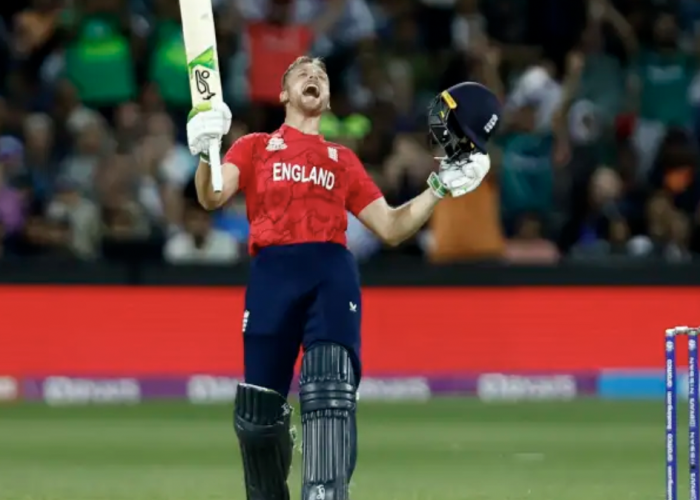England's Template to Modern- Day Cricket

State of Cricket Podcast

What’s up, everybody? Ready for another episode of State of Cricket from Cricket Huddle? I know I sure am! Kudos and congratulations to the English for now being a dominant white-ball force in international cricket. With their five-wicket win against Pakistan, they now hold both the ODI and T20I World Cup titles. At Cricket Huddle, we would like to believe that England and New Zealand are really the only teams playing the T20 format as it should be played, the modern-day template if you will. Let’s open up the floor to discussion and find out what is needed to dominate in the T20 format.
First and foremost, you have to target the powerplay, both while batting and bowling. Get to like 8-9 runs an over, maybe even 10 if possible. Go hard at the batters when possible but also try to strangle them with just enough spin. Secondly, adaptability is a key component in this short-over format. Understand the ground conditions and the pitch so you can have a target score while batting or know how much to restrict the opponents while bowling. This is the England way of doing things. If we want to follow the Kiwis (NZ), continuity is the way to go. Identify 12-13 core players who will stand by no matter what happens and give them individual roles to play so they know their part and can play according to the set game plan. Both plans worked out very well for the two sides, which is why they both made it into the knockout stages. Team composition is a big part of being successful, being able to have the right players to tackle the three different parts of the game (the powerplay, the middle overs, and the death overs).
We talked about the comparison of what England did right to India’s strategy. We may be India fans but they are the richest cricketing nation in the world, so they were an easy comparison target. One thing is clear: teams will have to tell all their players to learn to bat a bit. England bats so deep, from 1 to 11, that they are never out of the game no matter who you manage to take out. Take a flurry of wickets, there will still be someone in the dugout who can handle the situation. That’s the advantage of carrying so many all-rounders in your squad! Pakistan also has resources in this department, so they’re a bit ahead of the game too. That being said, they lost their game awareness due to Adil Rashid’s googlies in the final. Sam Curran, Liam Livingstone, and Chris Jordan would reap the rewards in the last three overs, with three catches to midwicket or deep midwicket, where Livingstone was. Three wickets all in or around the same direction.
Limited resources are also ways to lose a game. England had so many options to choose from that they had a lot of bases covered. Having a bonafide, state-of-the-art death bowler is also key so that you can limit the runs at the end of the game. Wickets matter in those end-overs more than being economical (I mean, you will go for runs no ifs, and, or buts). Finally, we feel like teams should be moving towards players for specific formats rather than two or three-format players. Gone are the days when you had to put pressure on representing your country in as many formats as possible. If you can make one or two specific format(s) your niche, go for it. Don’t force yourself to play the other format(s) unless you think you still have it in you to do so. This may be a very hot take but this forward-thinking is benefitting some teams and players, especially England.
If you are interested in the rest of our topics, please check out the links below:





